DESIGN AGENCY QATAR
Design Agency & Branding Company in Qatar

QCF Global is a Design agency that specializes in developing, designing, and implementing branding strategies for businesses and organizations. The agency’s primary objective is to help its clients establish a strong brand identity and improve their brand’s reputation in the marketplace.
QCF Global Design agency offers various services, including market research, brand positioning, brand messaging, logo design, visual identity development, and brand guidelines creation. The agency may also support its clients in managing their brand reputation and maintaining consistency across all marketing channels.
Our creative team includes Marketing strategists, Graphic designers, Copywriters, Brand consultants, and Project managers. Together, we work with the client to understand business objectives, target audience, and competition. Based on this information, we create a customized branding strategy that aligns with your goals and values.
QCF Global Design agency can play a critical role in helping businesses establish a strong brand identity, increase brand awareness, and build a loyal customer base.
QCF Global Design Agency Services

Key branding services typically include:
- Brand Strategy: This involves defining and positioning your brand in the market. It includes market research, target audience analysis, creating a unique value proposition, and developing a brand personality and tone.
- Brand Identity Design: This includes creating a visual representation of your brand through a logo, color palette, typography, and other design elements.
- Brand Messaging: This involves developing a consistent brand voice and message that resonates with your target audience.
- Brand Guidelines: These are the rules and standards for how your brand should be presented across all platforms, including website, social media, packaging, and advertising.
- Brand Management: This involves monitoring and maintaining the consistency and integrity of your brand across all touchpoints and making necessary adjustments to ensure it continues to resonate with your target audience.
- Brand Activation: This includes creating marketing campaigns and events that bring your brand to life and engage your target audience.
- Brand Analytics: This involves measuring and analyzing the effectiveness of your brand strategy and marketing efforts, as well as tracking your brand’s reputation and sentiment in the market.
Why QCF Global Design Agency
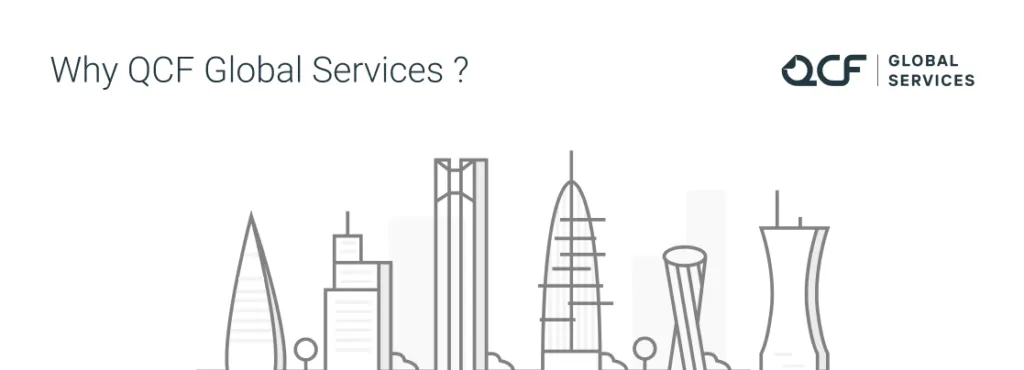
Branding is a critical aspect of any business or organization, as it helps to differentiate your products or services from those of your competitors and creates a strong, positive impression in the minds of your target audience. However, building a successful brand requires a deep understanding of branding principles, as well as creativity, strategy, and attention to detail.
That’s where QCF Global comes in. our team of professionals specializes in creating and developing brands for businesses and organizations. We have the expertise and experience to help you build a strong brand identity, develop effective brand messaging, and create a consistent brand image across all touchpoints.
Working with us can also help you save time and resources. Developing a strong brand strategy and executing it effectively requires a significant investment of time, money, and effort. By working with a QCF Gbobal, you can tap into our expertise and resources, allowing you to focus on other important aspects of your business.
QCF Global Design Agency can help you stay up-to-date with the latest branding trends and best practices. As branding is an ever-evolving field, it can be challenging for businesses to keep up with the latest trends and strategies. A branding agency can help you stay on top of these changes and ensure that your brand is always current and relevant.
Logo Design
Logo design is the process of creating a unique symbol or emblem that represents a brand or organization. It involves a combination of art, design, and marketing to create a visual representation of a company’s identity. A logo should be memorable, simple, versatile, and easily recognizable.
The process of logo design typically involves several steps, including researching the brand and its target audience, brainstorming ideas, sketching concepts, refining designs, and presenting options to the client. The designer must also consider factors such as color, typography, and visual symbolism to create a cohesive and effective design.
Some important considerations for logo design include the use of appropriate colors and typography, ensuring the design works well in various sizes and formats and ensuring it is distinct enough to stand out from competitors. A well-designed logo can help establish a strong brand identity and make a lasting impression on consumers.
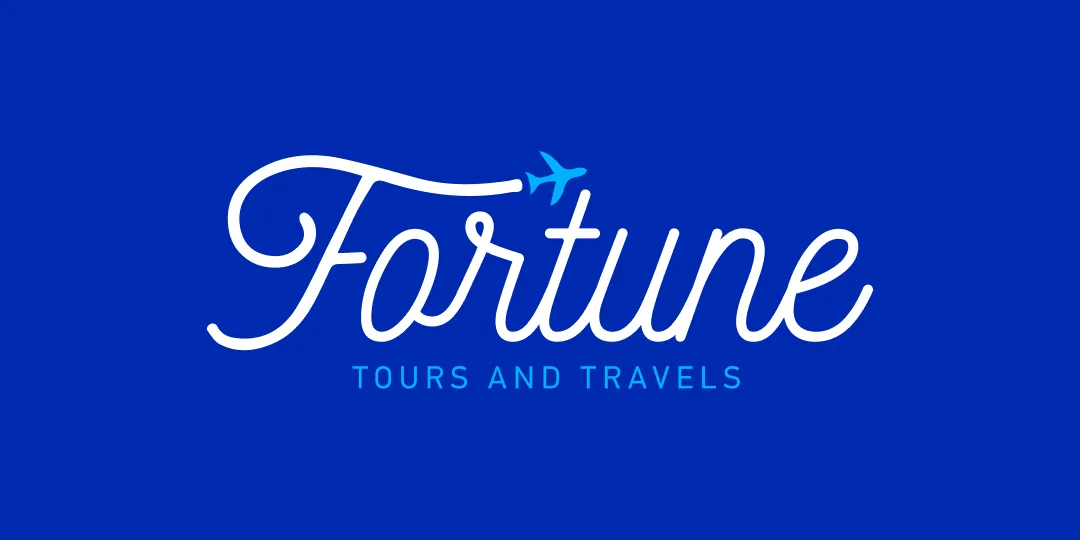
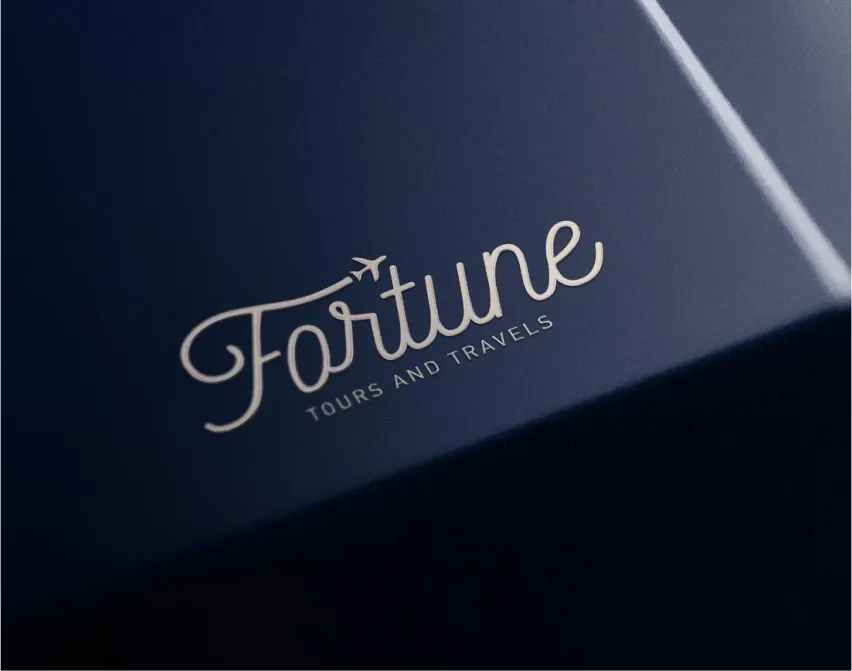
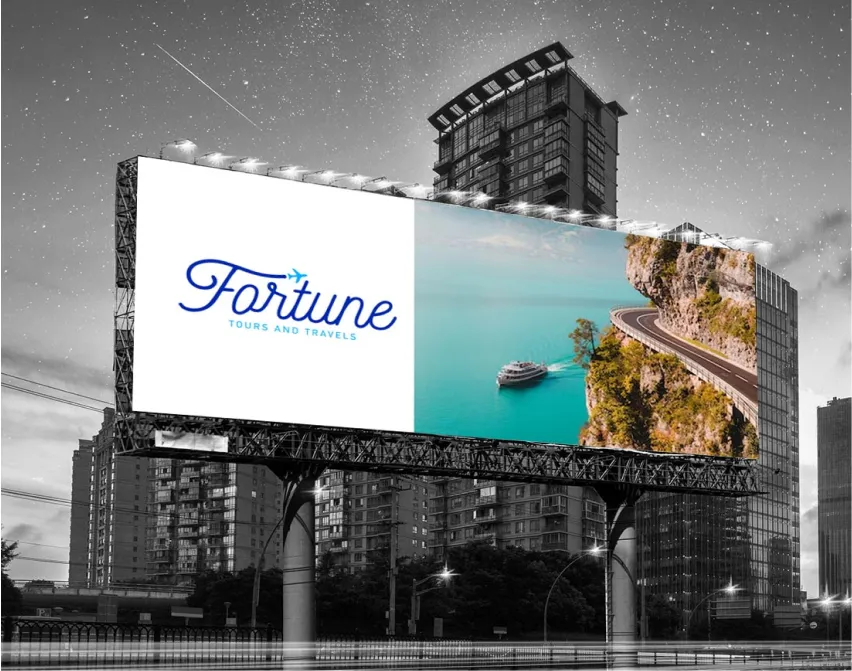
Package Design
Packaging design is the process of creating the visual and physical elements of product packaging, with the goal of making a product appealing, informative, and functional. Effective packaging design can help a product stand out on the shelf, communicate important information about the product, and protect the product during shipping and storage.
The packaging design process typically involves several stages, including research and analysis, concept development, prototyping, and final design. The designer must consider factors such as the target audience, brand identity, product features, and industry regulations when creating a packaging design.
Some important considerations for packaging design include choosing appropriate materials that provide sufficient protection for the product while also being environmentally friendly, designing a layout that is easy to read and understand, incorporating eye-catching graphics and colors, and creating a design that is consistent with the brand’s overall image.
Effective packaging design can have a significant impact on a product’s success. A well-designed package can attract customers, increase brand recognition, and ultimately drive sales.
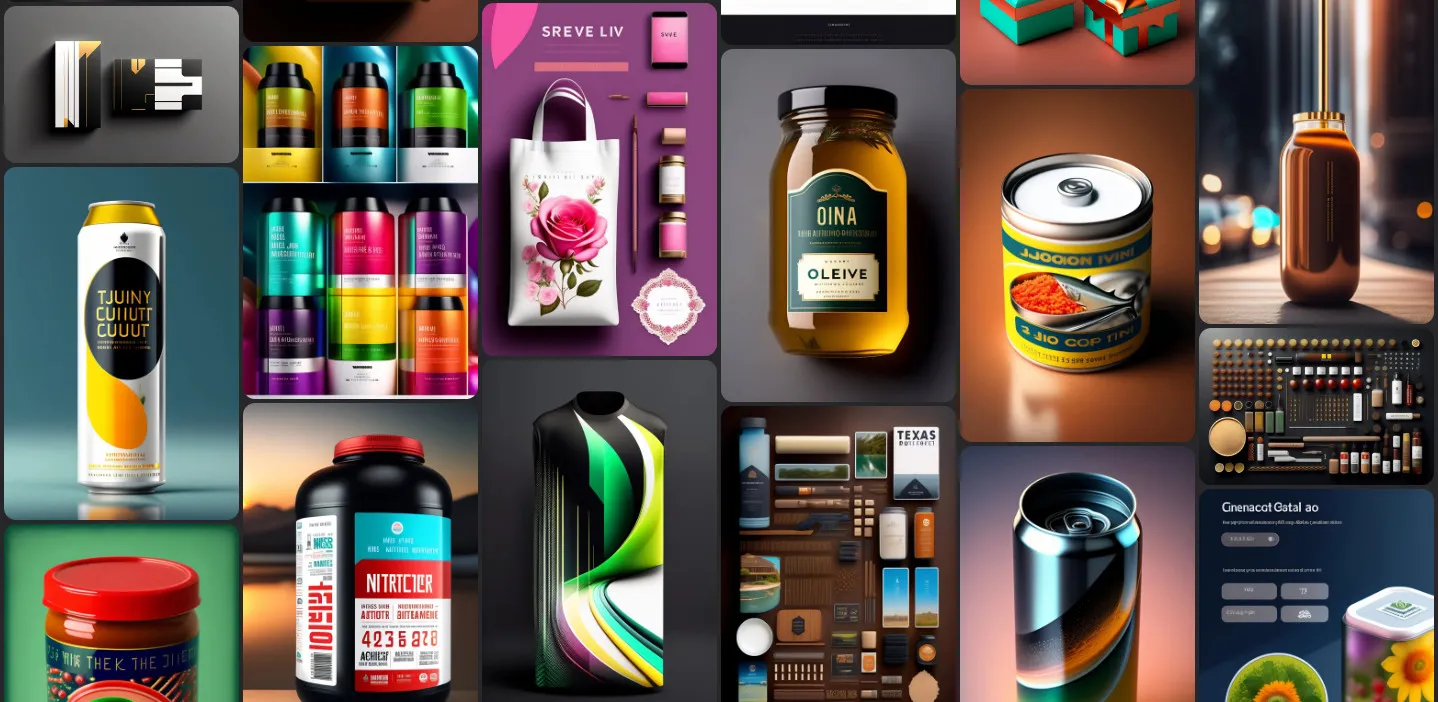
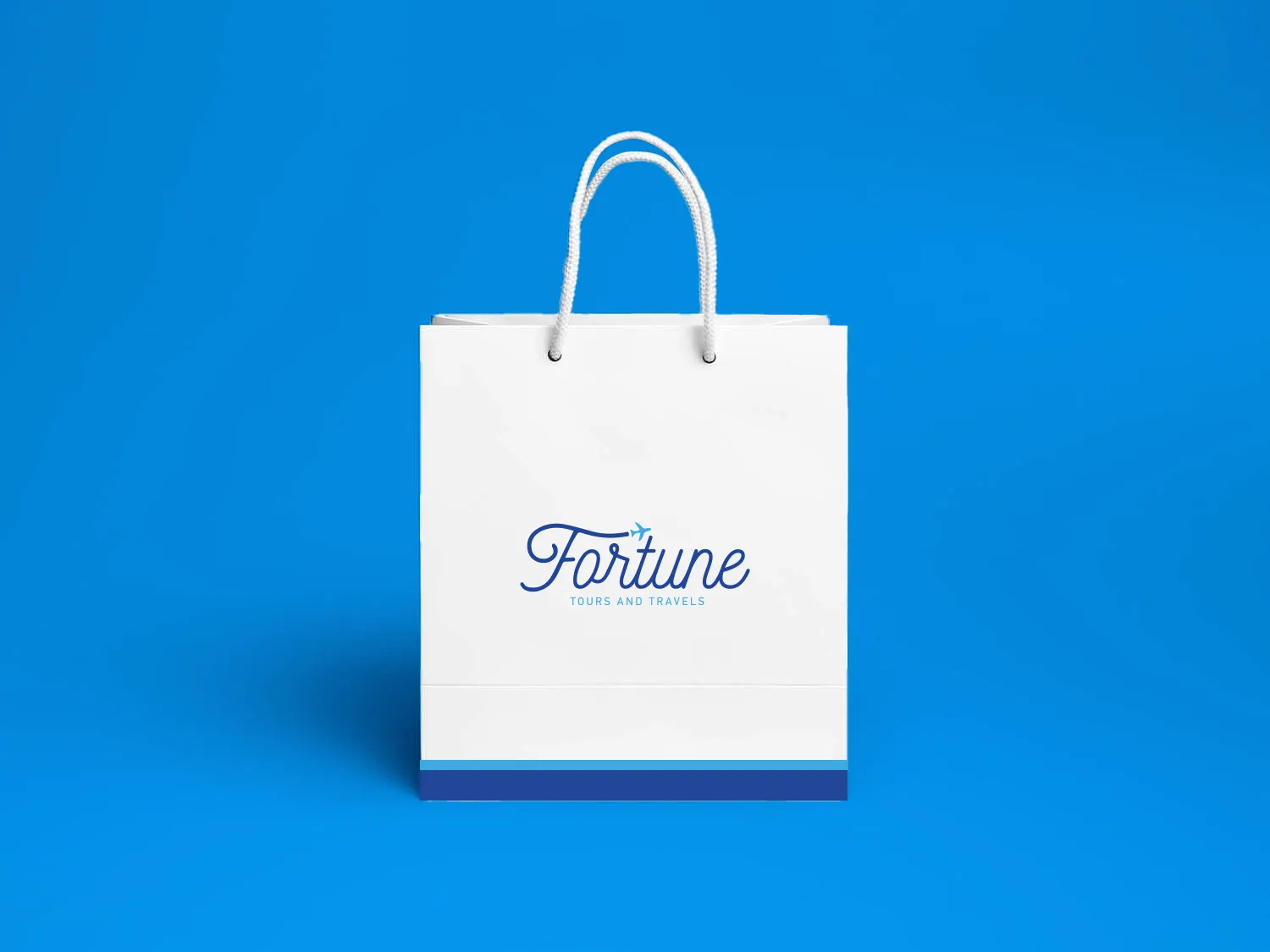
Social Media Marketing
Social media marketing is the process of using social media platforms such as Facebook, Instagram, Twitter, and LinkedIn to promote a brand, product, or service. It involves creating and sharing content on social media with the goal of engaging and building relationships with followers, increasing brand awareness, and driving website traffic or sales.
The social media marketing process typically involves several stages, including identifying the target audience, choosing the appropriate social media platforms, creating and sharing relevant and engaging content, measuring and analyzing results, and adjusting strategies based on data and feedback.
Some important considerations for social media marketing include creating a consistent brand voice and image across all social media platforms, establishing a content strategy that is tailored to each platform, engaging with followers and responding to comments and messages in a timely manner, using social media advertising to reach a larger audience, and monitoring analytics to track progress and adjust strategies as needed.
Social media marketing can be a highly effective way to connect with customers, build brand loyalty, and drive business growth. However, it requires a strategic and consistent approach, as well as a deep understanding of the target audience and the social media platforms being used.
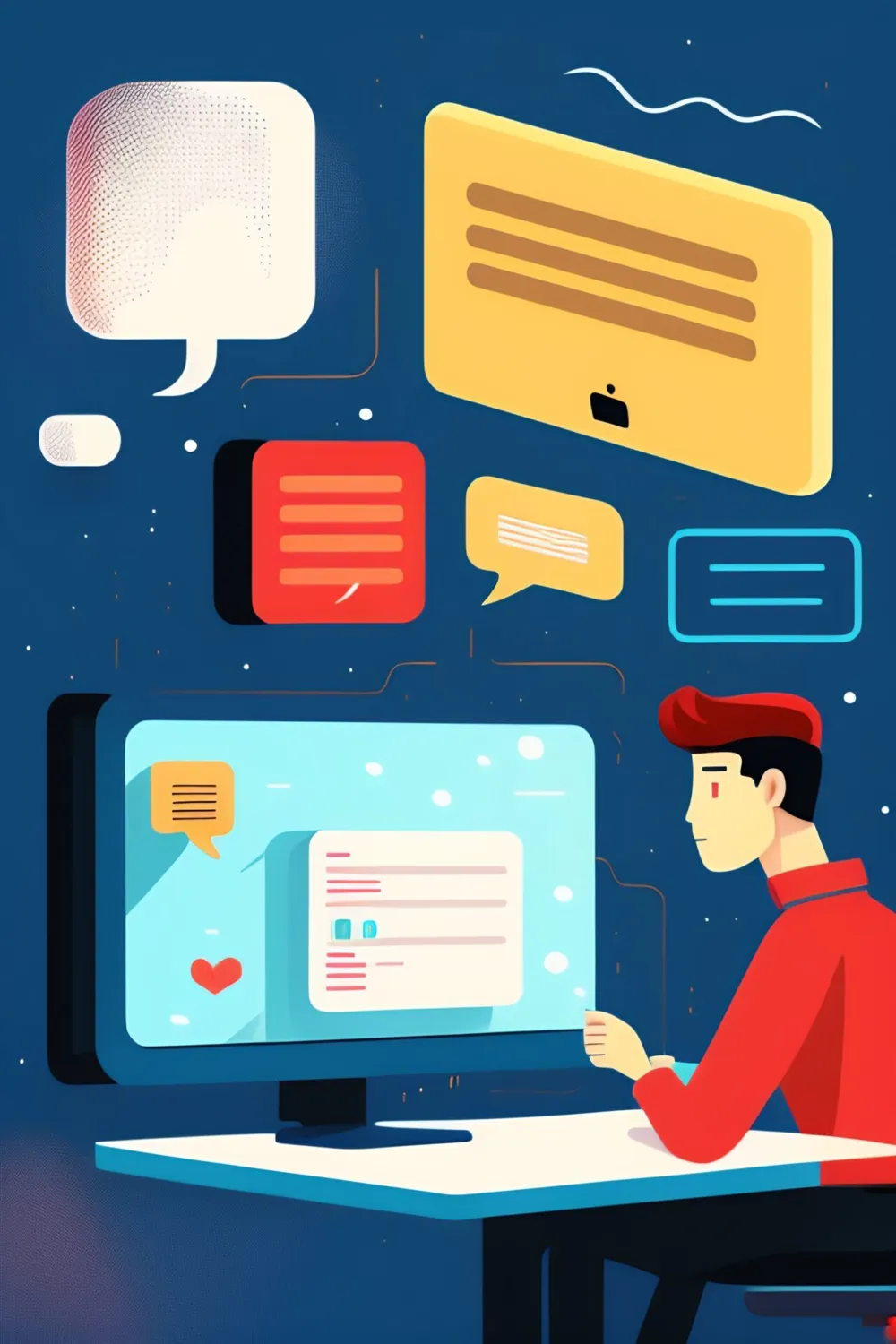
Business Card Design
Business card design is the process of creating a small, printed card that contains information about a person or a business. The card typically includes the individual’s name, job title, contact information, and sometimes a logo or tagline.
The design of a business card should reflect the brand identity and style of the business or individual it represents. It should be easy to read, visually appealing, and memorable.
When designing a business card, some important considerations include choosing an appropriate size and shape, selecting a color scheme that is consistent with the brand, using high-quality materials and printing techniques, and including only the most important information.
It’s also important to make sure the card is easily readable and that the font size and style are appropriate for the card’s size. Additionally, including a call to action or a memorable slogan can make the card more memorable and encourage people to contact the business or individual.
A well-designed business card can leave a lasting impression and help to establish credibility and professionalism. It’s a powerful marketing tool that can help to promote a brand and generate new business opportunities.

Design Agency Printing Services
Printing design is the process of creating visual designs that are intended to be printed onto physical materials, such as posters, flyers, brochures, banners, and other promotional materials. Effective printing design should be visually appealing, and eye-catching, and communicate the intended message clearly and effectively.
The printing design process typically involves several stages, including researching the target audience, developing a concept, creating a layout, selecting appropriate colors and typography, and preparing the final design for printing.
Some important considerations for printing design include using high-quality images and graphics, selecting appropriate paper stock and finishes, ensuring the design is scalable and easy to read from a distance, and using contrasting colors that are legible in different lighting conditions.
Printing design can be a powerful tool for promoting a business or event, but it requires careful planning and execution to be effective. A well-designed printed piece can attract attention, communicate important information, and ultimately drive sales or attendance.

Website UI/UX Design
Website design is the process of creating a visually appealing, functional, and user-friendly website. Effective website design involves several elements, including layout, typography, color scheme, visual content, and user experience (UX) design.
The website design process typically involves several stages, including identifying the target audience, developing a wireframe or mockup of the site, creating a design concept, and developing the final design. During this process, designers must ensure that the site is optimized for search engine optimization (SEO) and is mobile-responsive, meaning it adapts to different screen sizes and devices.
Some important considerations for website design include creating a layout that is easy to navigate, using appropriate typography and color schemes to enhance readability, incorporating engaging and relevant visual content, and ensuring the site is accessible to people with disabilities.
Effective website design can have a significant impact on a business’s success. A well-designed site can attract and retain visitors, establish brand credibility and authority, and ultimately drive conversions and revenue. It requires a strategic and thoughtful approach, as well as ongoing analysis and optimization to ensure the site continues to meet the needs of the target audience.

Mobile App Designs
Mobile application design is the process of creating a visually appealing, intuitive, and user-friendly interface for a mobile application. The design of a mobile app involves several elements, including layout, typography, color scheme, visual content, and user experience (UX) design.
The mobile application design process typically involves several stages, including research and analysis, wireframing or prototyping, creating a design concept, and developing the final design. During this process, designers must ensure that the app is optimized for mobile devices, is intuitive to use, and provides a seamless user experience across different devices and platforms.
Some important considerations for mobile application design include creating a layout that is easy to navigate with thumb-friendly buttons and gestures, using appropriate typography and color schemes to enhance readability, incorporating engaging and relevant visual content, and ensuring the app is accessible to people with disabilities.
Effective mobile application design can have a significant impact on an app’s success. A well-designed app can attract and retain users, establish brand credibility and authority, and ultimately drive user engagement and revenue. It requires a strategic and thoughtful approach, as well as ongoing analysis and optimization to ensure the app continues to meet the needs of its users.
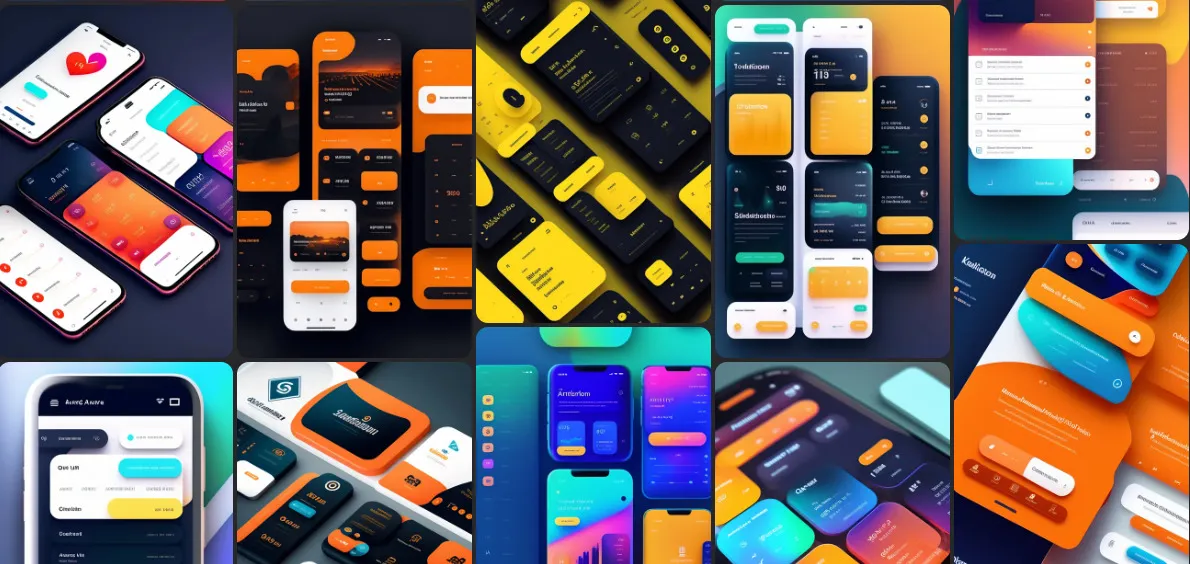
Frequently Asked Questions
How design agency help you to grow your business in Qatar?
A design agency can help your business grow in several ways:
1. Establishing a strong brand identity: A design agency can help you create a cohesive brand identity that accurately reflects your business values and resonates with your target audience. A strong brand identity can help you stand out in a crowded marketplace and build customer loyalty.
2. Creating effective marketing materials: A design agency can create eye-catching marketing materials that effectively communicate your brand message and persuade potential customers to take action. This can include everything from social media graphics and website design to brochures and business cards.
3. Improving user experience: A design agency can help you optimize your website and other digital channels to improve the user experience for your customers. This can include everything from improving navigation to enhancing the visual appeal of your site.
4. Increasing conversions: A design agency can help you create landing pages and other marketing materials that are optimized for conversion. By improving your conversion rate, you can generate more leads and sales for your business.
5. Staying up-to-date with design trends: A design agency can help you stay on top of the latest design trends and incorporate them into your marketing materials. This can help you stay ahead of the competition and maintain a fresh, modern image for your business.
Overall, working with a design agency can help you achieve your business goals by improving your branding, marketing, and customer experience.
How long will it take to design a logo in Qatar?
The time it takes to design a logo can vary depending on several factors such as the complexity of the design, the number of revisions needed, the skill level of the designer, and the client’s requirements. In general, the logo design process can take anywhere from a few hours to several weeks.
A simple logo design with a few revisions could be completed in a few hours or a day. However, a more complex logo that requires extensive research, brainstorming, and multiple design iterations could take several days or even weeks to complete.
It’s important to keep in mind that the logo design process should not be rushed, as creating a memorable and effective logo requires time and effort. Additionally, the designer and the client may need to communicate back and forth throughout the process to ensure that the final design meets the client’s needs and expectations.
Cost of branding services in Qatar
The cost of branding services in Qatar can vary widely depending on the specific services you need, the complexity of the project, the size of your business, and the experience and expertise of the branding agency you choose to work with.
A simple logo design with a few revisions could be completed in a few hours or a day. However, a more complex logo that requires extensive research, brainstorming, and multiple design iterations could take several days or even weeks to complete.
It’s important to keep in mind that the logo design process should not be rushed, as creating a memorable and effective logo requires time and effort. Additionally, the designer and the client may need to communicate back and forth throughout the process to ensure that the final design meets the client’s needs and expectations.
Why does your company need a logo in Doha, Qatar?
Every company needs a logo for several reasons:
1. Brand identity: A logo is an essential component of a company’s visual identity system, which helps to establish and reinforce the company’s brand identity. A logo serves as a unique and recognizable symbol that represents a company’s values, mission, and personality.
2. Brand recognition: A well-designed logo helps customers to easily identify and remember a company. A logo is often the first visual element that customers associate with a company, and it can create a strong and lasting impression.
3. Differentiation: A logo can help a company differentiate itself from its competitors and stand out in a crowded marketplace. A unique and memorable logo can help a company to establish its own identity and brand personality.
4. Professionalism: A well-designed logo conveys a sense of professionalism and credibility, which can be important for building trust with customers and establishing a positive reputation in the market.
5. Marketing and advertising: A logo can be used in marketing and advertising materials, such as business cards, flyers, and billboards, to promote a company’s products or services. A recognizable logo can help to attract new customers and increase brand awareness.
What includes the branding package in Qatar?
A branding package can include a variety of elements, depending on the needs and goals of a company. Some common elements that may be included in a branding package are:
1. Logo design: A unique and memorable logo that represents the company’s brand identity and values.
2. Color palette: A set of colors that are used consistently across all branding materials to create a cohesive and recognizable visual identity.
3. Typography: A selection of fonts that are used consistently across all branding materials to create a cohesive and recognizable visual identity.
4. Brand messaging: A set of key messages and brand voice guidelines that define the company’s tone and communication style.
5. Brand guidelines: A comprehensive guide that outlines the visual and messaging elements of the brand, including logo usage, color palette, typography, and brand messaging guidelines.
6. Business cards: A set of professionally designed business cards that feature the company’s logo and contact information.
7. Stationery: A set of professionally designed stationery items such as letterheads, envelopes, and notepads that feature the company’s logo and brand elements.
8. Social media templates: A set of professionally designed templates for social media posts that feature the company’s logo and brand elements.
9. Website design: A professionally designed website that incorporates the company’s branding elements and reflects its brand identity and values.

